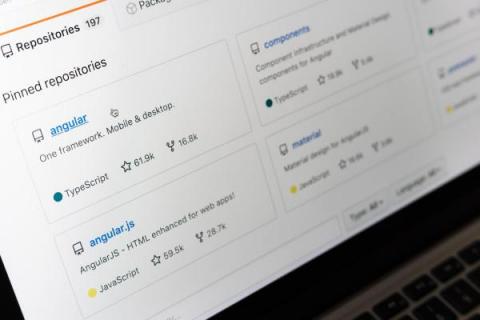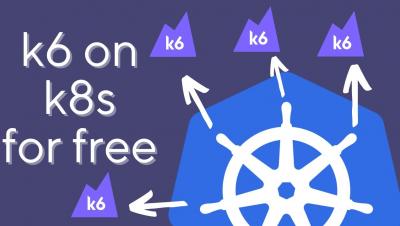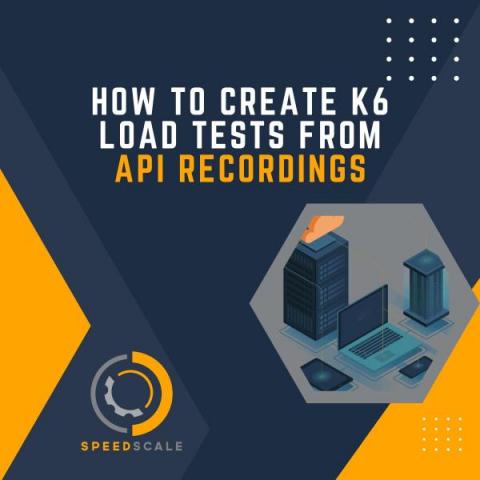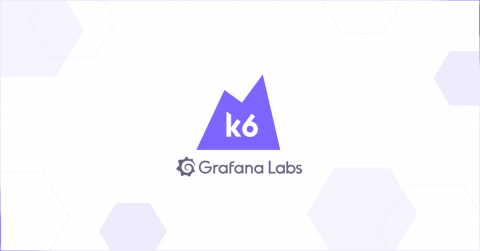What's New In Loadero (November 2022)
Recent months were very busy for our team and some exciting new releases are coming soon. Meanwhile, in this post, we’re sharing updates to Loadero that took place in November 2022. There are some updates to our API, to the way Loadero works with test run artifacts in the results reports, new browser versions, and the Loadero Python client that we were developing for quite a long time and finally are happy to offer to our users along with examples of using it for storing test data in Github.











